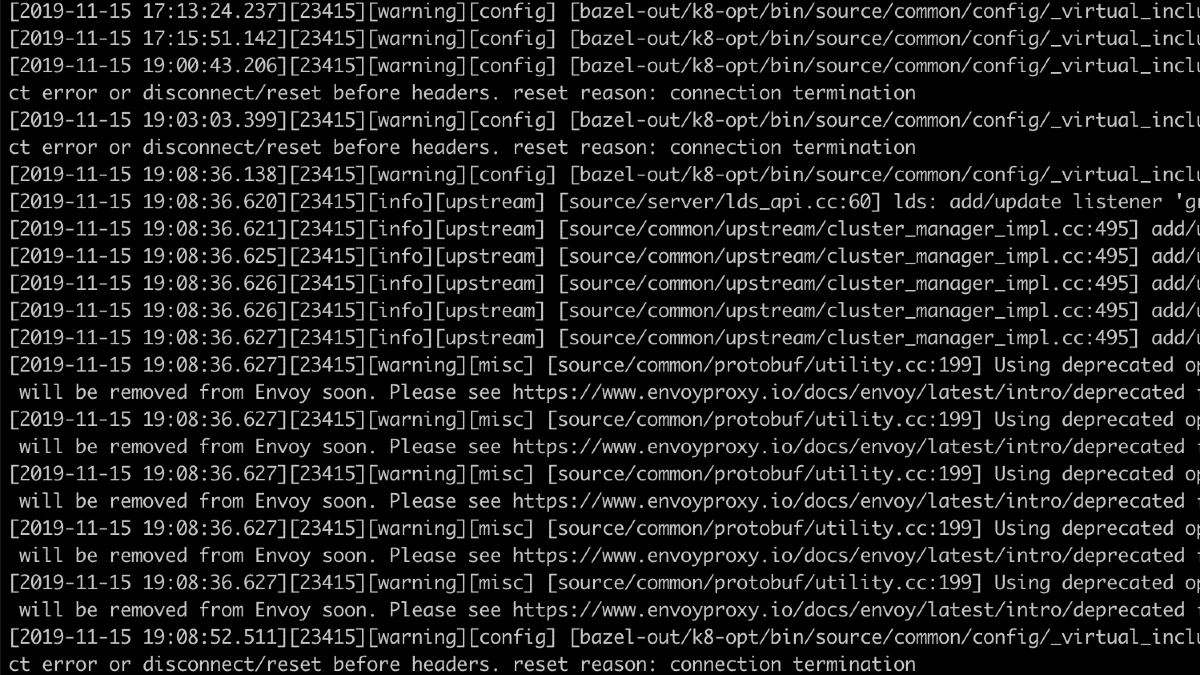Blue Books Are Back: A Look At The Resurgence Of Traditional Exams

Table of Contents
The Advantages of Blue Books in Education
The return of the blue book isn't simply a nostalgic throwback; it's a strategic response to some limitations of digital assessment. The advantages of paper-based assessments, particularly for certain types of exams, are becoming increasingly apparent.
Improved Focus and Reduced Distractions
One of the most significant benefits of using blue books is the minimized distraction they offer. The absence of technology creates a more focused exam environment.
- Eliminates internet access temptation: Students are less likely to cheat by accessing online resources.
- Discourages cheating via online resources: The lack of internet connectivity prevents students from easily sharing answers or searching for solutions.
- Fosters a more focused environment: The absence of digital devices allows for deeper concentration on the exam itself.
Studies have shown that students taking paper-based exams often perform better than those taking online tests, especially in subjects requiring critical thinking and extended writing. This improved performance is partially attributed to the reduced distractions inherent in the blue book format.
Enhanced Writing and Critical Thinking Skills
Blue books encourage a more thoughtful and structured approach to answering exam questions. The act of handwriting responses promotes a different kind of engagement than simply typing.
- Promotes structured thinking: The physical act of writing helps organize thoughts and ideas more effectively.
- Necessitates clear organization of thoughts: Students need to plan and structure their responses before writing, improving their overall understanding of the subject matter.
- Develops superior handwriting and note-taking skills: Handwriting aids in memory retention and comprehension.
Compared to the ease of deleting and editing text on a computer, the process of writing in a blue book requires more deliberate consideration, leading to more developed and articulate responses. The process itself becomes a form of active learning.
Cost-Effectiveness and Accessibility
Implementing blue book exams is significantly more cost-effective and accessible than using digital assessment platforms.
- Lower initial investment in technology: Schools don't need expensive software licenses or devices.
- Simpler to implement in resource-constrained environments: Blue books are easily adaptable to various settings and require minimal technical expertise.
- Requires less technical expertise: Teachers don't need specialized training to administer and grade traditional exams.
This affordability makes blue books a particularly attractive option for schools and students in low-income communities where access to technology might be limited.
Addressing Concerns about Blue Books
While blue books offer several advantages, it's crucial to address potential drawbacks.
Grading Efficiency and Time Constraints
Grading a large number of handwritten exams can be time-consuming and potentially lead to inconsistencies.
- Time-consuming grading process: Manual grading requires significant time and effort from instructors.
- Potential for grading inconsistencies: Subjectivity in grading can lead to variations between graders.
- Logistical challenges in managing large quantities of paper: Storage and handling of numerous blue books can be challenging.
However, strategies like using standardized grading rubrics and employing multiple graders can mitigate these issues. Moreover, the advent of optical mark recognition (OMR) technology offers a partial solution.
Environmental Impact
The use of paper raises environmental concerns.
- Paper consumption: Blue books contribute to deforestation and paper waste.
- Ink usage: Ink production and disposal also have environmental implications.
- Transportation and storage requirements: The transportation and storage of large quantities of paper add to the carbon footprint.
However, these concerns can be addressed by using recycled paper, double-sided printing, and exploring digital scanning for record-keeping.
Accessibility for Students with Disabilities
Ensuring accessibility for students with disabilities is paramount.
- Adaptations for visually impaired students: Large-print blue books or alternative formats may be necessary.
- Provision of assistive technologies: Assistive technologies should be provided where needed.
Adapting the blue book format to meet the specific needs of all students is crucial for equitable access and fair assessment.
The Future of Blue Books and Hybrid Assessment Models
The resurgence of blue books doesn't necessarily signal a rejection of digital assessments. Instead, it points towards the potential for hybrid approaches.
The Rise of Hybrid Assessment Strategies
Many institutions are exploring hybrid models combining online and paper-based assessments.
- Using online platforms for multiple-choice questions and blue books for essay or problem-solving sections: This approach offers flexibility and caters to different question types.
This approach leverages the strengths of both digital and traditional methods. Online platforms are efficient for multiple-choice questions, while blue books are better suited for open-ended responses requiring critical thinking and writing skills.
Technological Advancements in Blue Book Assessment
New technologies are enhancing the efficiency of blue book assessments.
- Optical mark recognition (OMR) technology: OMR can automate the grading of multiple-choice sections.
- Digital scanning and storage: Scanning blue books allows for digital archiving and efficient storage.
- Automated grading software: Emerging technologies are being developed to assist with grading essays and other subjective assessments.
These advancements are making traditional assessments more efficient and less environmentally impactful.
Conclusion
The debate surrounding the role of blue books in modern education is ongoing. While digital assessments offer efficiency and convenience, blue books possess unique strengths in fostering deep learning, critical thinking, and focused engagement. Their unexpected resurgence highlights the enduring value of traditional methods, especially when combined strategically with digital tools. By incorporating the strengths of traditional paper-based exams, alongside digital assessments, educational institutions can create a more well-rounded and effective assessment system. Embrace the benefits of blue books and enhance your assessment strategy today!

Featured Posts
-
 Asmongold On The Kai Cenat And Ninja Feud Is Ninja A Bad Loser
May 27, 2025
Asmongold On The Kai Cenat And Ninja Feud Is Ninja A Bad Loser
May 27, 2025 -
 Why Current Stock Market Valuations Shouldnt Deter Investors A Bof A View
May 27, 2025
Why Current Stock Market Valuations Shouldnt Deter Investors A Bof A View
May 27, 2025 -
 Tracker S02 E14 Exodus Preview And S02 E15 Season 2 Finale First Look
May 27, 2025
Tracker S02 E14 Exodus Preview And S02 E15 Season 2 Finale First Look
May 27, 2025 -
 Learn To Stream Like Kai Cenat Streamer University Unveiled
May 27, 2025
Learn To Stream Like Kai Cenat Streamer University Unveiled
May 27, 2025 -
 Ecb Den Tarifelere Yoenelik Yeni Uyari Ne Demek
May 27, 2025
Ecb Den Tarifelere Yoenelik Yeni Uyari Ne Demek
May 27, 2025
Latest Posts
-
 Elon Musks Daughters New Career A Closer Look
May 30, 2025
Elon Musks Daughters New Career A Closer Look
May 30, 2025 -
 From Silicon Valley To Runway Vivian Musks Journey
May 30, 2025
From Silicon Valley To Runway Vivian Musks Journey
May 30, 2025 -
 Analysis Of Vivian Jenna Wilsons Modeling Debut And Family Life
May 30, 2025
Analysis Of Vivian Jenna Wilsons Modeling Debut And Family Life
May 30, 2025 -
 A Public Feud Bill Gates Serious Allegations Against Elon Musk And The Response
May 30, 2025
A Public Feud Bill Gates Serious Allegations Against Elon Musk And The Response
May 30, 2025 -
 The Musk Gates Dispute Accusations Of Negligence And Child Mortality
May 30, 2025
The Musk Gates Dispute Accusations Of Negligence And Child Mortality
May 30, 2025
